Here we go again!!
Christmas has been and gone and it’s January, the time of year when we we all feel like we should decide to do something differently. Maybe it just seems like a good time for a fresh start; the past can be filed away under ‘well, that was last year’ and new goals, opportunities and dreams feel like things that can take its place.
But you’ve heard the scare stories right? People fail when they set New Year’s resolutions. One often quoted piece of research from Scranton University claims that just 8% of people stick to resolutions, a poll for BUPA in 2015 reported that about 12% of Brits successfully kept to resolutions that year, with 66% giving up inside a month. Then Strava said last year that the second Friday in January was the day when motivation was likely to wain, lovingly referred to in the press as ‘Quitters Friday’.
It’s as if they’re trying to tell us that goals set at the start of a year are somehow less likely to succeed. Why would that be? What mystical powers does the month of January hold that doom our plans to fail? Maybe our resolutions are over-reactions to a few weeks of unhealthy behaviour; we determine to banish ourselves of these heinous habits and then, after a few weeks of doing so, balance is restored and we simply return to the middle ground. In that sense, we’re not failing, rather we’re balancing out (mentally at least) the unhealthiness of December.
Or maybe it’s how we’re setting the resolutions. Maybe we’re being overly optimistic and trying to change too much in one go. Possibly we’re not being clear enough about what we want and so it’s hard to judge if we’re being successful or not. Only you’ll know the reasons why yours have or haven’t worked, but below I’ve offered three suggestions that might help you to be a little more successful with this year’s attempts.
1) Have a good reason
If you’re going to make significant changes to your lifestyle and stick to them, you need strong motivation to do so. Setting yourself a challenging goal for the year ahead can kick your bum into gear to do the things you need to. It might be entering a race of some kind, setting a weight loss target, a strength goal or health-related. If there’s an important reason behind it; raising money for a charity close to your heart, building your self-confidence or staying healthy so you can enjoy time with your family, there’s a strong driver at the wheel steering you towards your goal.
2) Forget New Year’s Resolutions; think Weekly or even Daily instead
One of the things I like most about New Year’s Resolutions is that they’re generally focused on things we’re actually going to do. As you know, one of the three key principles of balance is that you are the sum of your most frequent recent behaviours; put simply it’s the things you do regularly that determine your health, fitness and wellbeing.
The problem is that by thinking of them as tasks for the year ahead, they begin to feel daunting. A year seems a long time and so our confidence in sticking to resolutions is often low. This is where the art of ‘chunking’ comes in to its own, breaking the year down into smaller, more manageable parts. Not eating chocolate for a day or taking part in Dry January all seem a bit more doable and there’s lots of evidence that people who take part in shorter challenges tend to continue behaving more healthily after they’ve finished.
I’ve set myself a target to cut down on the sugary foods I enjoyed daily over the Christmas break, targeting no more than 3 per week. My first and only goal is to achieve that this week, then I’ll evaluate ahead of the following week.
3) Be like a rubber ball; develop bouncebackability
Another of the key principles of balance is that there is no failure, only feedback. Giving up always guarantees you won’t get what you’re after, but by utilising the chunking technique I’ve just discussed, you can wash over bad days and even bad weeks, reset and go again. Say you only manage to drink more water on three days in the first week, that’s still three more than before. Next week target four, and so on. If you’re halfway through a week and the plan has gone horribly wrong, challenge yourself to see how many times you can achieve it in the remaining days.
Groups like alcoholics anonymous often use the ‘one-day-at-a-time’ mantra and it’s brilliant, it means that every day can be New Year’s Day, a fresh start.
I wish you all the very best with your goals and challenges in 2019. If I can be of any help, please do get in touch. Oh and if you fancy taking on a fitness challenge, remember we have a range of walks and rides you can take on and help raise money for some fantastic charities in the process! Check them out here.
Here’s to a balanced year!
Paul























































